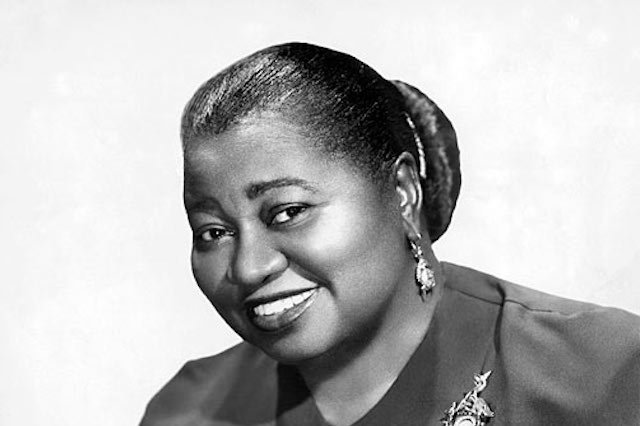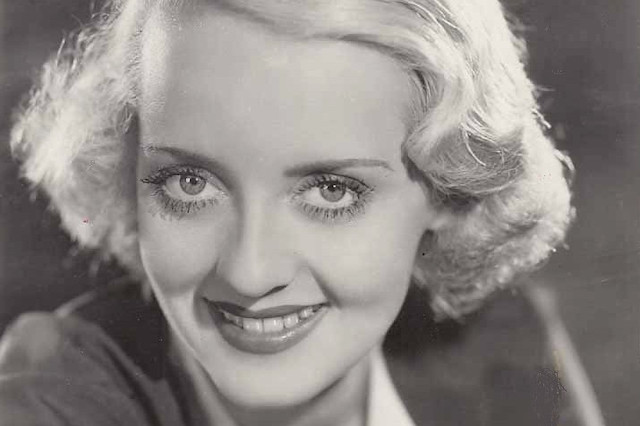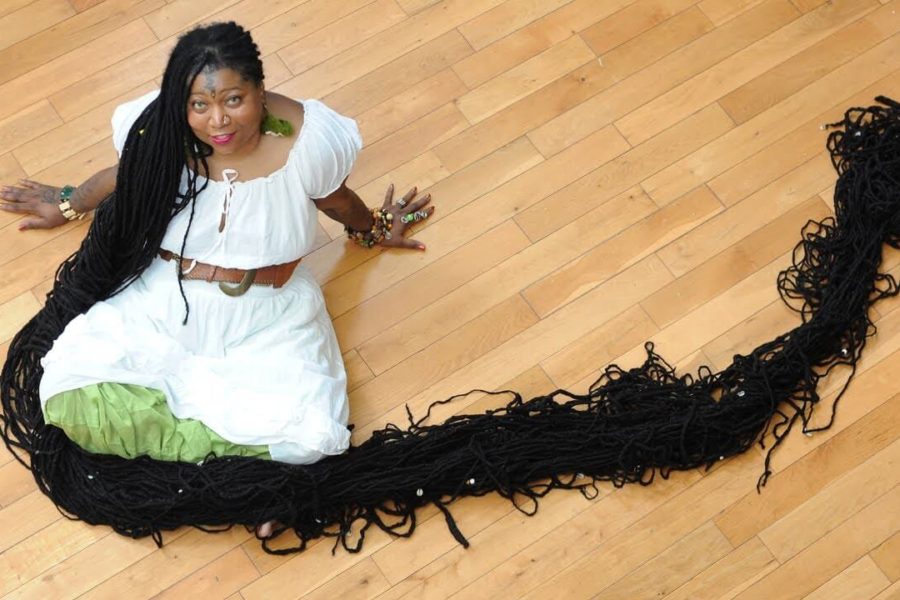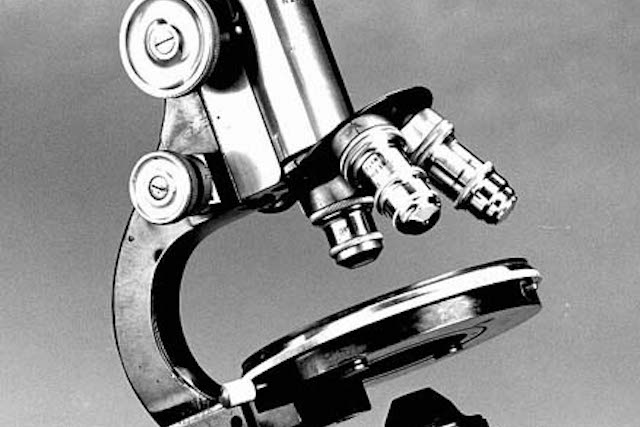Classic Hollywood had as many controversies, scandals, and dirty stories as it did guys in hats. And since the Oscars have established themselves as the most prestigious and coveted awards show in Tinseltown for you and me, it was only natural that it would also generate some of those controversies.
10. Flirtatious tea party

It didn't take long for the Oscars to become embroiled in controversy. In fact, it all started with the second-ever ceremony, thanks to a controversial Academy Award.
That same year, Mary Pickford starred in"To the coquette" Known as “America’s Sweetheart,” Pickford was one of the biggest stars of the silent era, and this was her first talkie. Expectations were high, but the film failed to impress critics or audiences. Despite the failure, Pickford decided she deserved an Oscar for her efforts, and set out to convince the Academy of the same.
It was a lot easier then. Pickford was a founding member of the Academy, for starters, as was her husband, movie star Douglas Fairbanks. But more importantly, she only had to confuse the five people who made up the judging panel, since they were the ones who chose the winners.
So one day, Pickford invited the judges to tea at her opulent Pickfair estate. At the time, it was arguably one of the most glamorous places in the country, described as “a gathering place only slightly less important than the White House…and far more fun.” An invitation there was one of Hollywood’s greatest rewards, so it’s no surprise that the judges rewarded Pickford’s generosity with an Oscar.
Whether or not tea drinking actually swayed the judges, we can't say with 100 percent certainty, but we do know one thing: Pickford's Oscar win caused enough of a scandal that the following year the voting was opened to all Academy members.
9. Two francs

Confusion"Moonlight" and "La La Land" for the Best Picture winner is one of the most notable controversies in recent memory, but something similar happened way back in 1934. Back then, the ceremony was far less complicated. Host Will Rogers walked up to the podium and announced the winner in each category. When it came time to present the award for Best Director, , Rogers simply proclaimed, "Come and get it, Frank!"
The only problem was that there were two Franks nominated for the award: Frank Lloyd and Frank Capra. Frank Lloyd was the de facto winner, but, as you might expect, both men stood up and walked awkwardly to the podium. But here's how Capra himself described the experience:
“My table exploded in cheers and applause. It was a long way to the open dance floor, but I squeezed through the crowded tables… The spotlight was looking for me, trying to find me. “Over here!” I waved. Then suddenly it shot away from me – and picked up a confused man standing on the other side of the dance floor – Frank Lloyd! The applause was deafening as the spotlight escorted Frank Lloyd onto the dance floor and up to the dais, where Will Rogers greeted him with a big hug and a hearty handshake. I stood frozen in the darkness, in utter disbelief, until an angry voice called out from behind me, “In front!”
This road back… was the longest, saddest, most destructive of my life. I wish I could crawl under the carpet like a pathetic worm."
8. Winner in the recording

The Frank mix-up wasn't the only bruise at the 1934 ceremony. That year, the Academy also came under fire for snubbing Bette Davis, who had won acclaim for her role as Mildred Rogers inHuman slavery ". Magazine Life even called it "probably the best performance ever recorded on screen by an American actress."
However, the Academy did not think her efforts deserved even a nomination. Many were outraged, while others even suspected that Davis was deliberately excluded because her role was semi-villainous, selfish and unsympathetic, and the Academy did not want to reward such roles for its biggest stars.
Anyway, in an attempt to quell the outrage, the Academy made a surprising change to the following year's awards - they allowed write-in voting. It's safe to say that they didn't actually expect any write-in party to win, but Warner Bros. decided to take full advantage of this new rule and actively campaigned for write-in nominations in every category where they didn't already have a candidate.
And they did it. Their guy, Hal Mohr, is a veteran of the film industry who previously worked on the cult film ""Jazz Singer" , won the award for Best Cinematography for "A Midsummer Night's Dream". Shortly thereafter, the Academy repealed the rule, thereby cementing Hal Moore's status as the first and only recorded winner in Oscar history.
7. First refusal

Turning down an Oscar is very rare, but it has happened. Winners are not legally obligated to accept the award. The most famous example is Marlon Brando, who turned down his Oscar forThe Godfather" In 1973, and in one of the most infamous moments in the ceremony's history, sent Sacheen Littlefeather in her place to cover a protest organized by Native American activists at Wounded Knee. And not only was she almost universally booed, but she says John Wayne had to be restrained from rushing the stage to remove her.
However, the first refusal in history happened much earlier, back in 1935. Screenwriter Dudley Nichols won an Oscar for best screenplay for “"Informant" , but did not accept the award because of the ongoing writers' strike. The Writers Guild boycotted the Oscars because, as you'll soon learn, the Academy was not a supporter of labor unions.
Eventually, however, the matter was resolved, and Nichols finally received his Oscar several years later, during the 1938 ceremony.
6. The first stolen Oscar

At the 1938 ceremony, Alice Brady won the award for Best Supporting Actress for her role in the filmIn Old Chicago" . However, the actress was unable to attend the celebration and collect her prize, as she was at home with a broken ankle. Instead, a mysterious man walked onto the stage, accepted the award on her behalf, and quickly left. Neither he nor the award were ever seen again. That is the story of the first stolen Oscar, or at least that is how it went for eight decades, until one curious student decided to investigate and get to the bottom of it.
The Academy is extremely tight-lipped when it comes to information about “accidents” associated with their awards, so they were of no help. Alice Brady died of cancer the following year, so she never told her side of the story. But an intrepid student found an old newspaper photo of Brady receiving the award after the engraving, so it eventually found its way to her.
As for the mysterious man, there was no secret about it - it was the director.In old Chicago " Henry King . He accepted the award on Brady's behalf, went to a party that night, and then returned it to the Academy to have it engraved. What exactly happened to it after Alice Brady's death remains unclear, although it did end up at auction in 2008. It was sold to an anonymous buyer, so the only mystery remaining is the current whereabouts of the first stolen Oscar that was never stolen.
5. Marketing for Marty
Just a few years after the Academy Awards were introduced, studios discovered that the "Oscar Winner" tagline was a great way to promote their films and their stars, so they began actively campaigning for Oscar nominations. The first film to receive this treatment was the 1936 film"Ah, the desert!" from Metro Goldwyn Mayer. The studio splashed out on eight pages of advertising in Hollywood Reporter , which even featured MGM's mascot Leo the Lion in a tuxedo, preparing to accept an Oscar.
The campaign was a huge flop, and the film did not receive a single nomination at that year's ceremony. The failure put other studios off for a few years, but they eventually came back in full force, perhaps culminating in 1955 with a little film calledMarty" . U Marty starring Ernest Borgnine, had a modest budget of about $340,000. But the studio then spent between $350,000 and $400,000 promoting the film, making it the first film in which the marketing costs outweighed the production costs. And their strategy worked — Marty won four Oscars, including Best Picture.
4. Hattie Makes History

The 1940 Academy Awards ceremony marked a landmark moment in American history when Hattie McDaniel became the first black woman to win an Oscar for her supporting role inGone with the Wind" . However, the circumstances of this momentous event reminded everyone of the racist realities that the black community faced, even those who were celebrated.
It all started on December 15, 1939, when the film premiered in Atlanta. McDaniel was not there for a simple reason: She was not allowed into the theater where her film was playing. Then the same problem arose at the Oscars, which were held at the posh Cocoanut Grove nightclub in the Ambassador Hotel in Los Angeles. The hotel had a “no blacks” policy, and MGM bigwig David O. Selznick had to do a few favors to get even McDaniel into the room. And even when he did, McDaniel could not sit at the same table with her white co-stars. Because"Gone with the Wind" received 13 nominations, it was the favorite, and, unsurprisingly, the film's stars and O. Selznick himself took pride of place, front and center. Hattie McDaniel, on the other hand, stood at a small table against the far wall with her attendant and manager.
McDaniel's historic win didn't even help her career. She was cast in domestic roles and was heavily criticized by the black community for perpetuating a negative stereotype. As a final insult, her wish to be buried in a Hollywood cemetery was also denied because they, too, had a whites-only policy.
3. Blacklist Winner

A unique situation arose at the 1956 Academy Awards ceremony when a writer named Robert Rich won the Oscar for Best Original Short Story for ""The Brave One" , not to be confused with "Best Screenplay." Robert Rich apparently did not accept the award for the simple reason that he did not exist.
The name was a pseudonym. That in itself wouldn't have been too embarrassing. After all, artists use pseudonyms all the time, but it was the name used by a man blacklisted by Hollywood: Dalton Trumbo.
Trumbo was one of the most successful screenwriters of classical Hollywood, responsible for, among other things, "Roman holiday" And "Spartacus" He was also the most prominent member of the Hollywood Ten, a group of writers and directors blacklisted in 1947 for their communist sympathies.
Still, some of Trumbo's talents couldn't be simply abandoned, so studios continued to use him under pseudonyms or as a ghostwriter. This also meant they could pay him a pittance compared to what he was worth. But his triumph in in the film "Brave" meant that everything was in order, and although Trumbo began working as himself in 1960, it was not until 1975 that the Academy officially recognized him as a winning screenwriter and awarded him an Oscar.
2. The Longest-Lasting Feud in Hollywood

Some scandals are too big to fit into a single awards ceremony. Case in point: the legendary feud between two of classic Hollywood's biggest stars, Bette Davis and Joan Crawford, spanned more than three decades and culminated at the 35th Academy Awards.
Their rivalry supposedly began in 1933. Bette Davis had just starred in"Former Lady" , her first film in which her name was prominently featured above the title. No one in Hollywood cared, however, because everyone was talking about Joan Crawford's very public divorce from Douglas Fairbanks Jr. That was enough to start a feud, but the two women officially became enemies in 1935 when Crawford married the man Davis had fallen in love with, her co-star. "Dangerous" Franchot Ton.
Bette Davis eventually won an Oscar for her role in the film at the 1936 Academy Awards, but Crawford still had the last laugh. She threw Davis a little vintage flair when they met after Bette's big win. Instead of congratulating her, Crawford said, "Dear Bette! What a lovely dress."
The feud simmered for the next few decades, with occasional jabs and snide remarks in the press. In 1945, Joan Crawford won her only Oscar for her role Mildred Pierce , which Bette Davis had turned down, to her delight. Then, in 1962, the unthinkable happened: two women signed on to star in the same film, the seminal psychological horror "What happened to Baby Jane?"
According to others involved in the production, neither actress shied away from physical contact with the other when the opportunity arose, but it was at the 1963 Oscars that their feud reached a fever pitch. Davis had been nominated for her role in the film. Crawford had not, but she was still intent on stealing her co-star's thunder. She began calling other nominees, offering to accept on their behalf if they failed to attend the ceremony. According to Davis, Crawford also began a campaign against her.
Anne Bancroft accepted Crawford's offer. She was busy on Broadway and, as it happened, was nominated in the same category as Bette Davis. And she won, leaving Davis smiling and applauding as her arch-rival took the stage to accept the award.
1. There are no unions in Hollywood.

Today, the Academy is best known for awarding the Oscars, as that is its primary responsibility, but that is not why it was created nearly 100 years ago. In fact, the Academy's original purpose was to prevent actors, directors, and writers from unionizing.
Its official stated purpose was to act as a mediator and “assist studios in contract arbitration.” If there was any dispute between talent and studio, the Academy would step in and find a reasonable solution so that those pesky unions would never be necessary. They would even give the stars a few shiny gold statues to make them feel recognized.
Nobody bought it, though. Everyone in Hollywood knew that the Academy was the brainchild of MGM bigwig Louis B. Mayer and his executive friends, and that its real purpose was to churn out whatever the studios wanted. That's why real unions in the form of the Screen Actors Guild and the Writers Guild emerged just a few years later, and soon after, the American Federation of Television and Radio Artists, despite the best efforts of the Academy and the studios.













Оставить Комментарий